Californians are saying goodbye to their favorite fast food spots as prices creep up. Greg LaVay, from San Diego, who once enjoyed frequent trips to McDonald’s, now prefers sit-down restaurants.
“I feel ripped off a little,” he said to The Wall Street Journal, echoing a sentiment many share as menu prices surge.
The Costly Shift in Fast Food
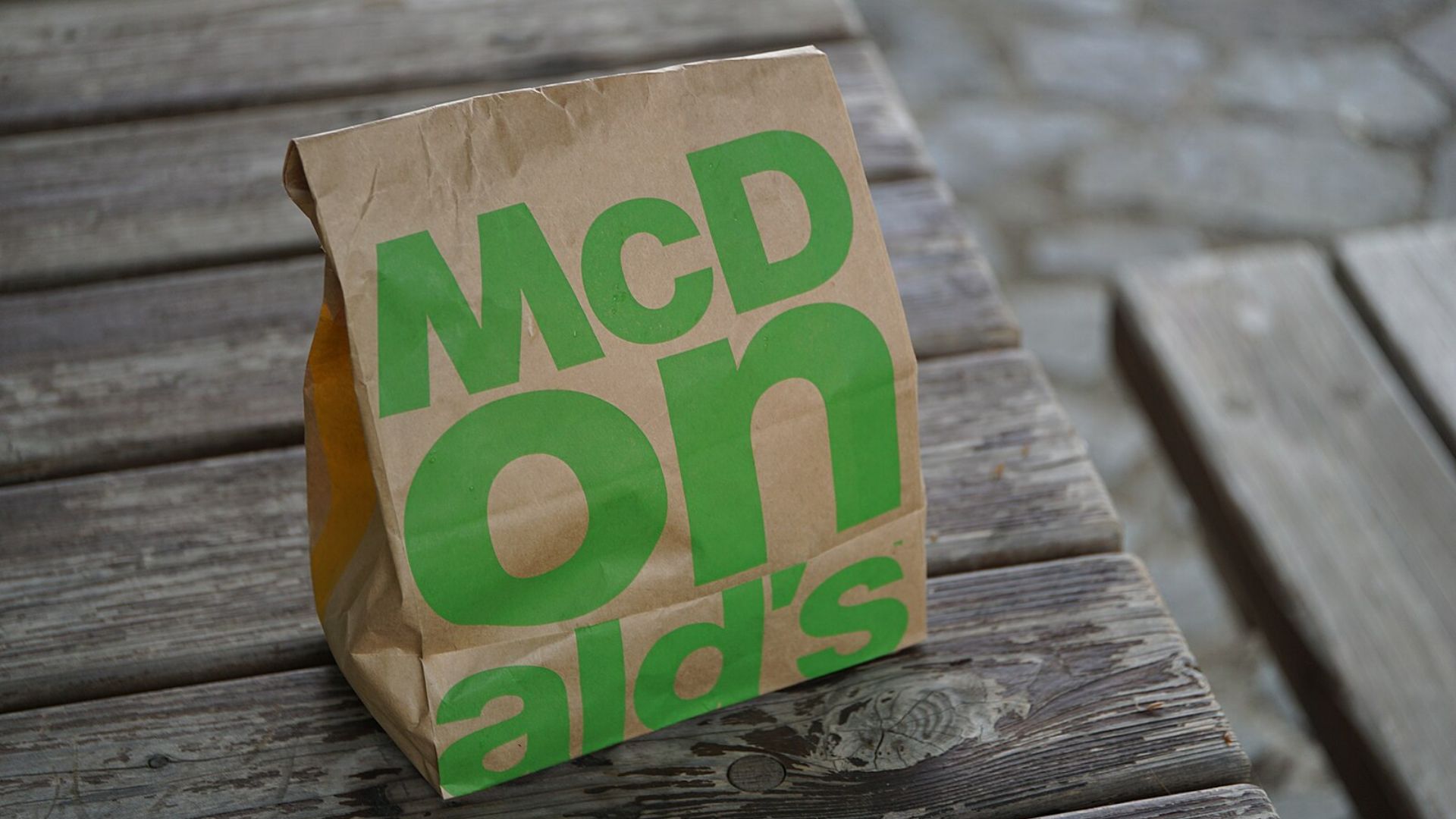
As the price of staples like hamburgers hits $2.50 and a Big Mac soars to $5.39, residents like LaVay are rethinking where to eat out.
These days, diners are finding sit-down restaurants offer more bang for their buck, a welcome change from the fast food chains’ steep hikes.
Minimum Wage Increase Sends Prices Soaring
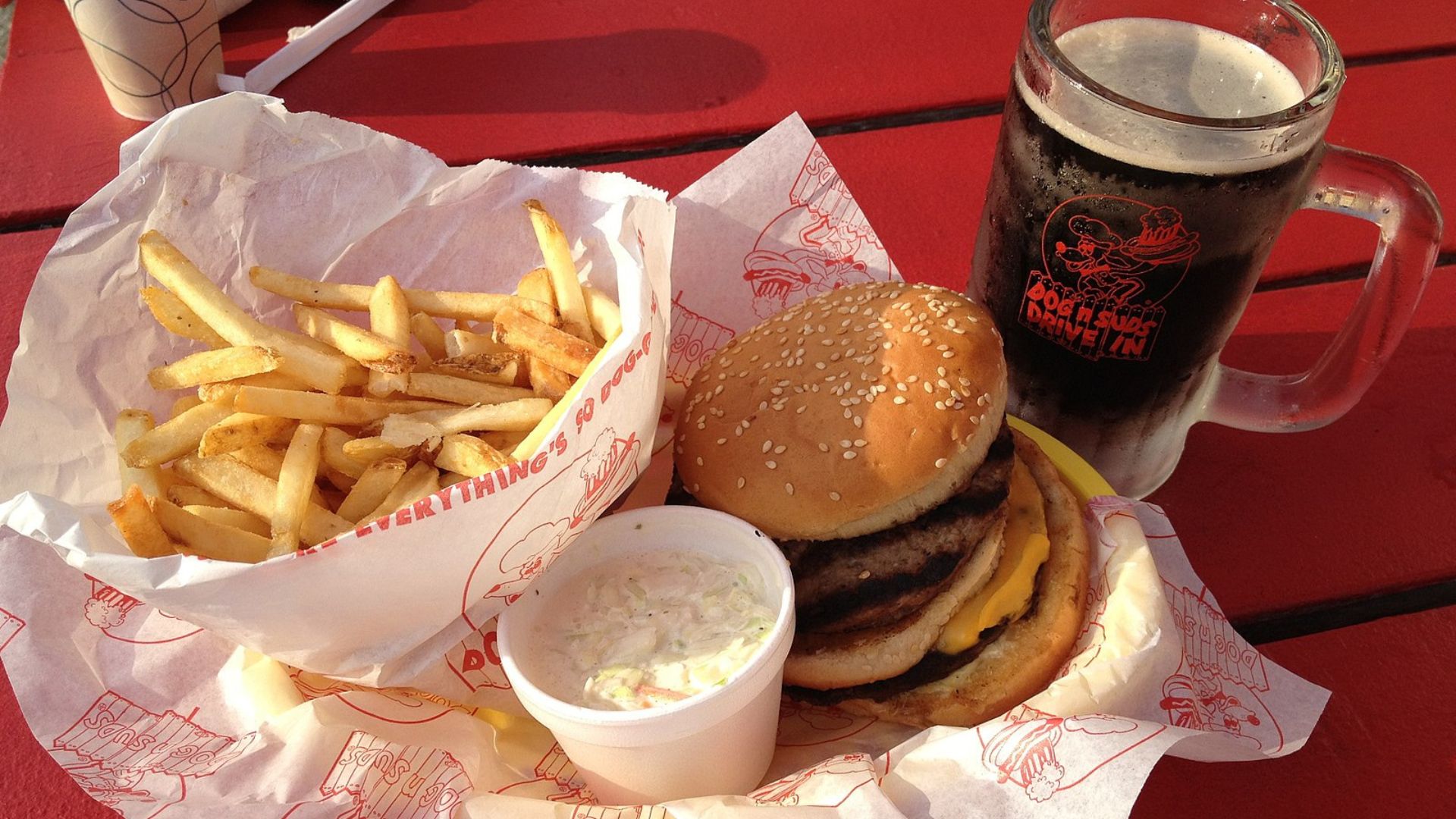
California’s recent mandate to raise the minimum wage for fast food workers to $20 has led to a statewide price increase at fast food chains, averaging 10% since last September.
This uptick is significant compared to the national average, putting extra strain on consumers’ wallets.
Fast Food Chains React with Price Hikes
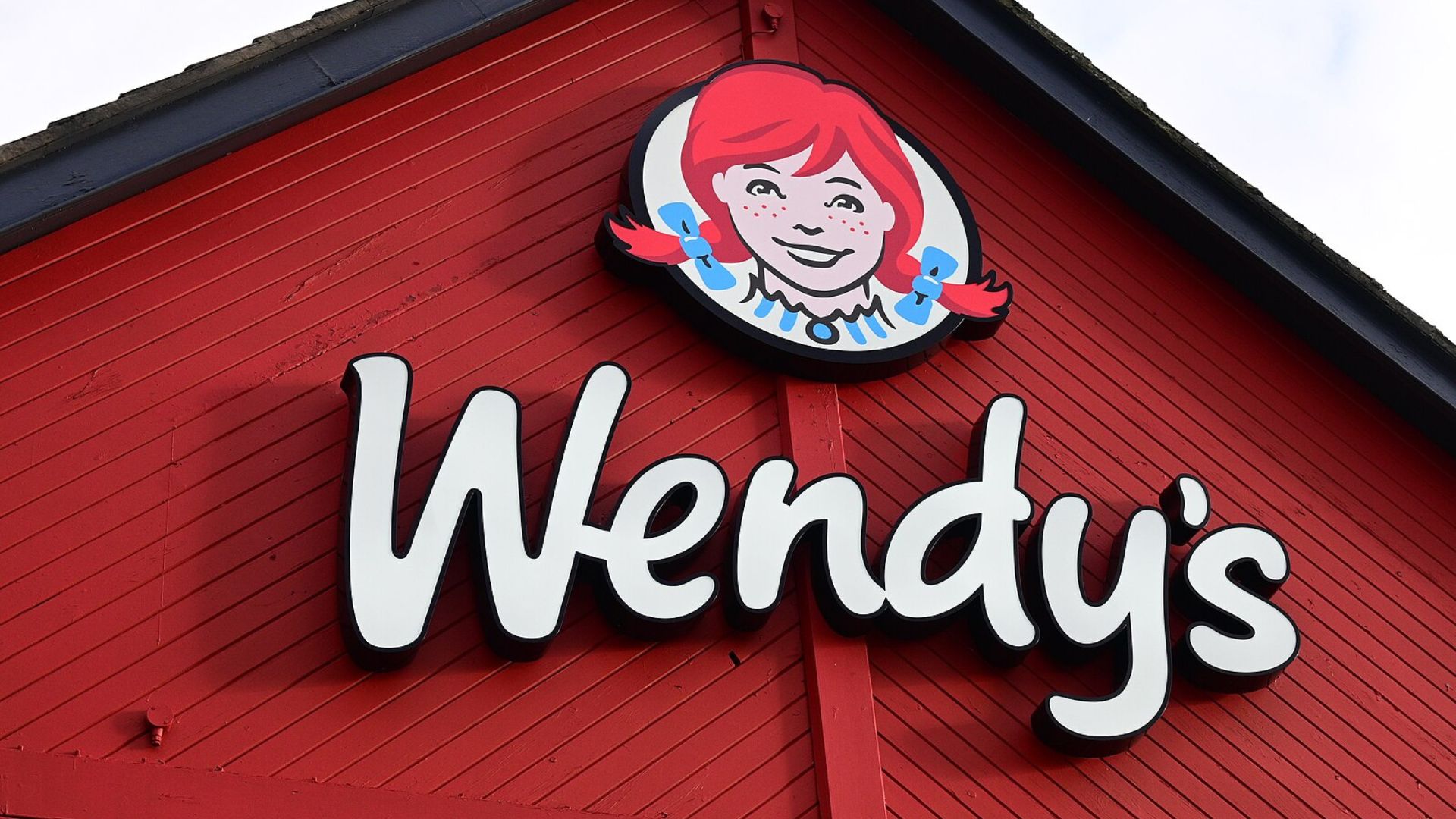
In response to the wage increase, California’s fast food restaurants have upped their prices. Wendy’s, for instance, has raised its prices by about 8% since April, leading the charge as reported by NBC Los Angeles.
This trend is sweeping across many major chains in the state, impacting budget-conscious eaters everywhere.
Chipotle Adapts to Wage Changes

During a recent earnings call, Chipotle announced a 6% to 7% price increase at their California locations to offset the costs of the higher minimum wage.
This adjustment in April is a part of the chain’s strategy to maintain profitability while complying with new state laws.
The Economic Logic Behind the Wage Boost
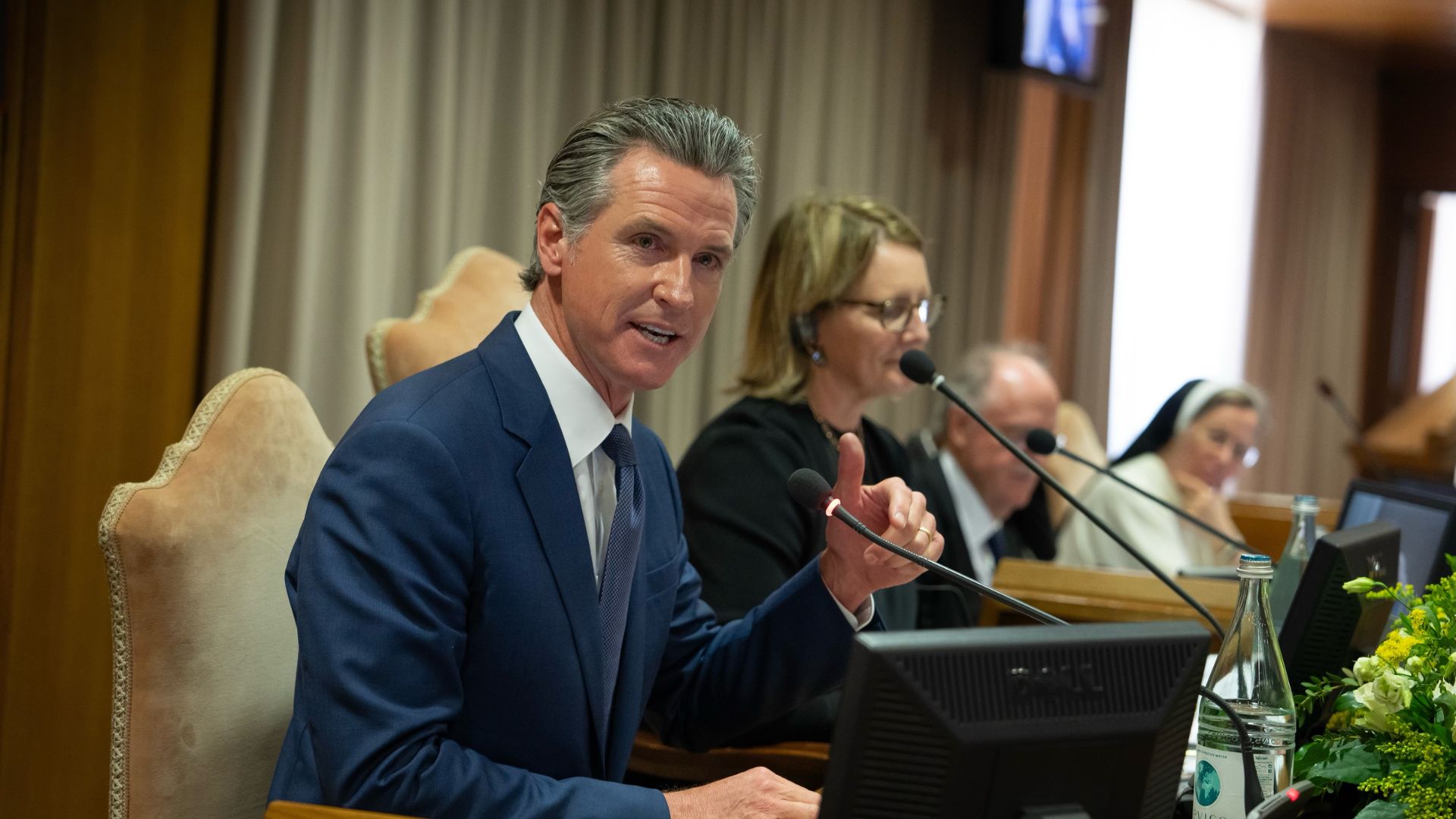
The Wall Street Journal reported a spokesperson for Governor Gavin Newsom explaining that the wage increases are meant to help workers afford basic necessities like rent and groceries.
This highlights the state’s effort to improve living conditions for low-income workers through policy.
Small Restaurants Unaffected by Wage Law
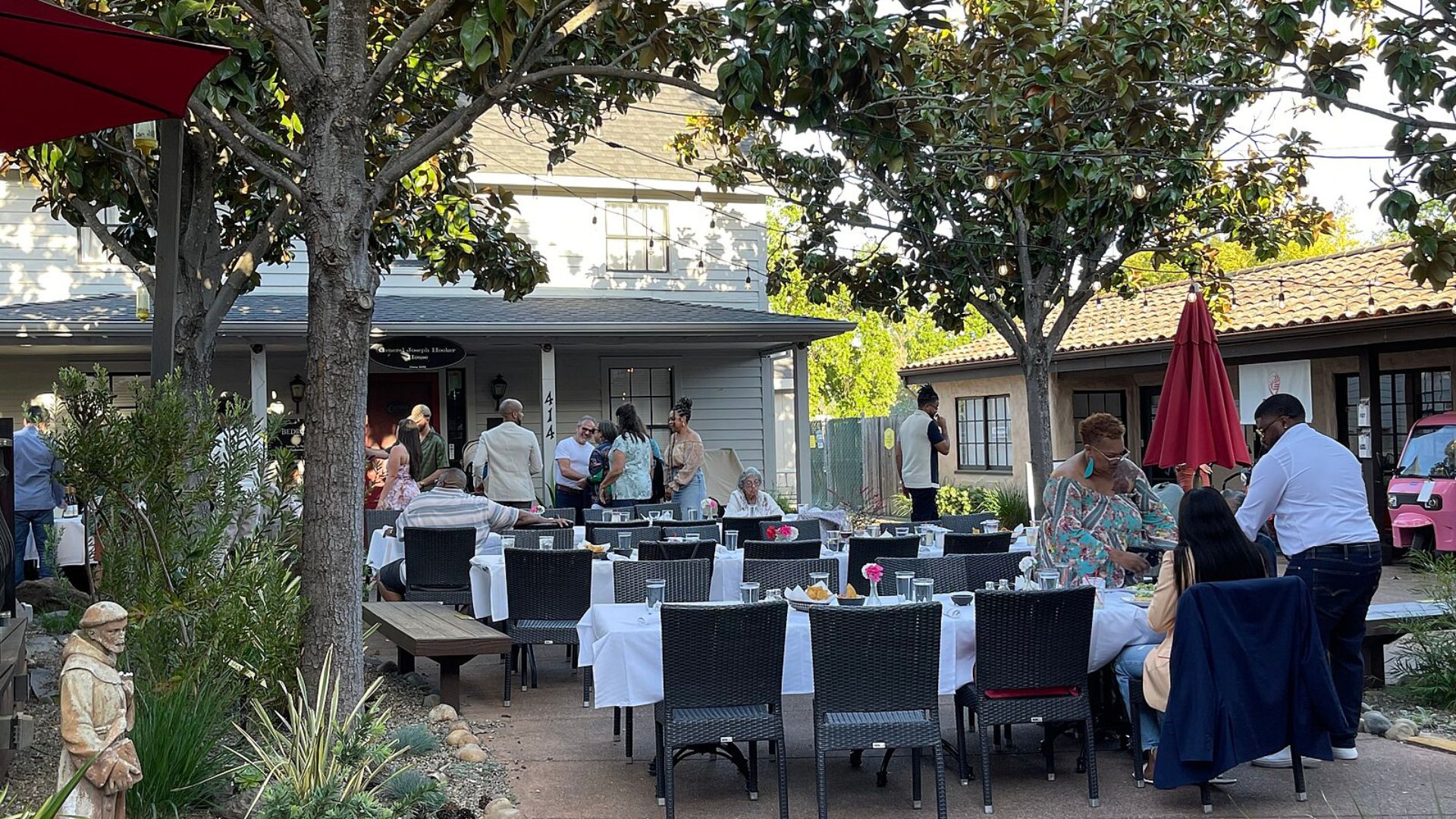
Small, independent eateries with fewer than 60 locations aren’t subject to the new wage laws, which keeps their costs lower.
The exemption has made these smaller dining spots particularly appealing to budget-conscious consumers, offering affordability without the added cost.
Finding Value in Neighborhood Eateries
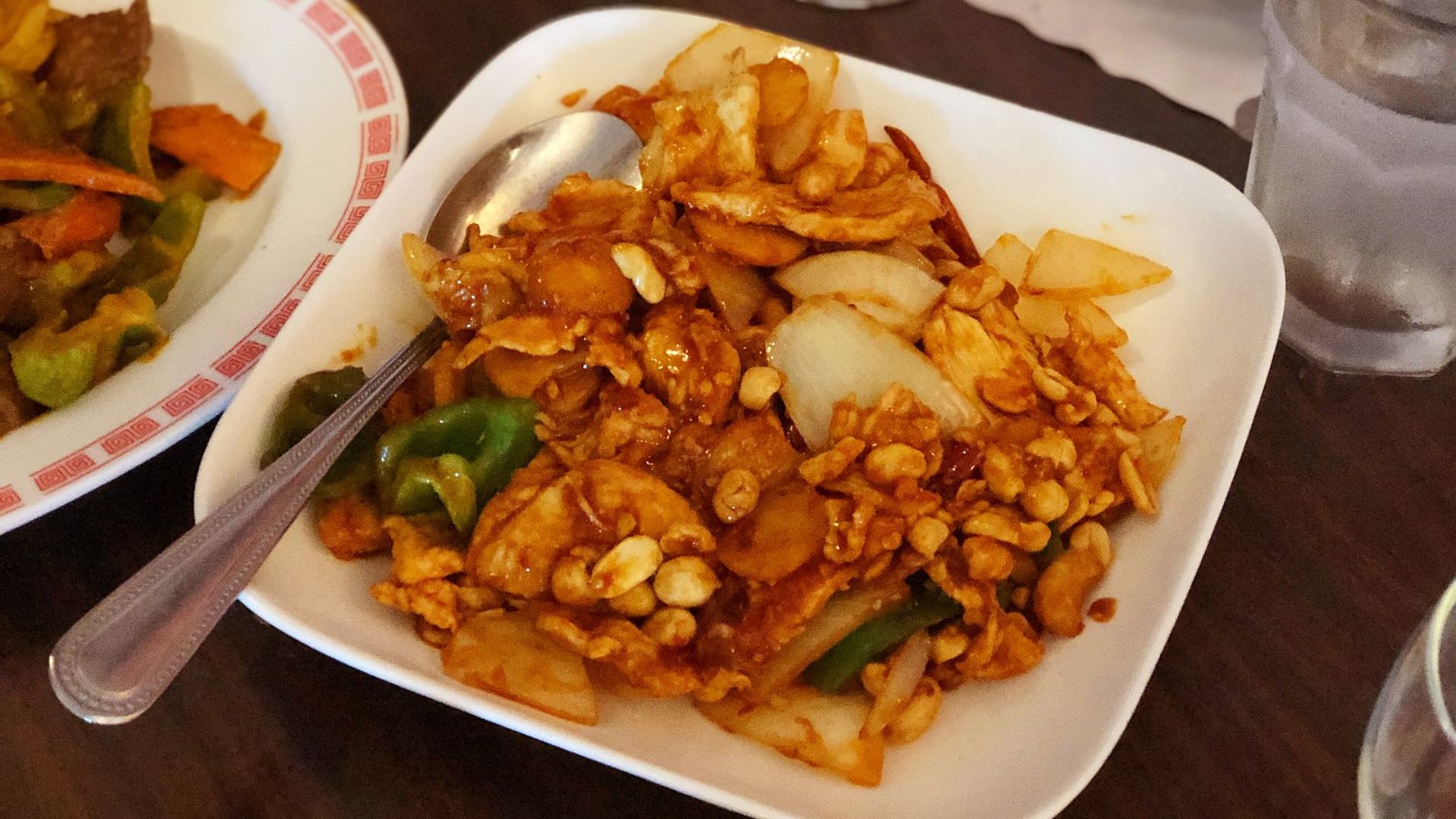
With prices on the rise at big chains, places like the local taco spot Seth Amitin frequents have become more popular.
“There’s a really good taco spot just down the street. They kept their burrito prices at $10. I’m definitely eating there more often,” Amitin said, appreciating the stable prices.
A Shift Toward Independent Dining
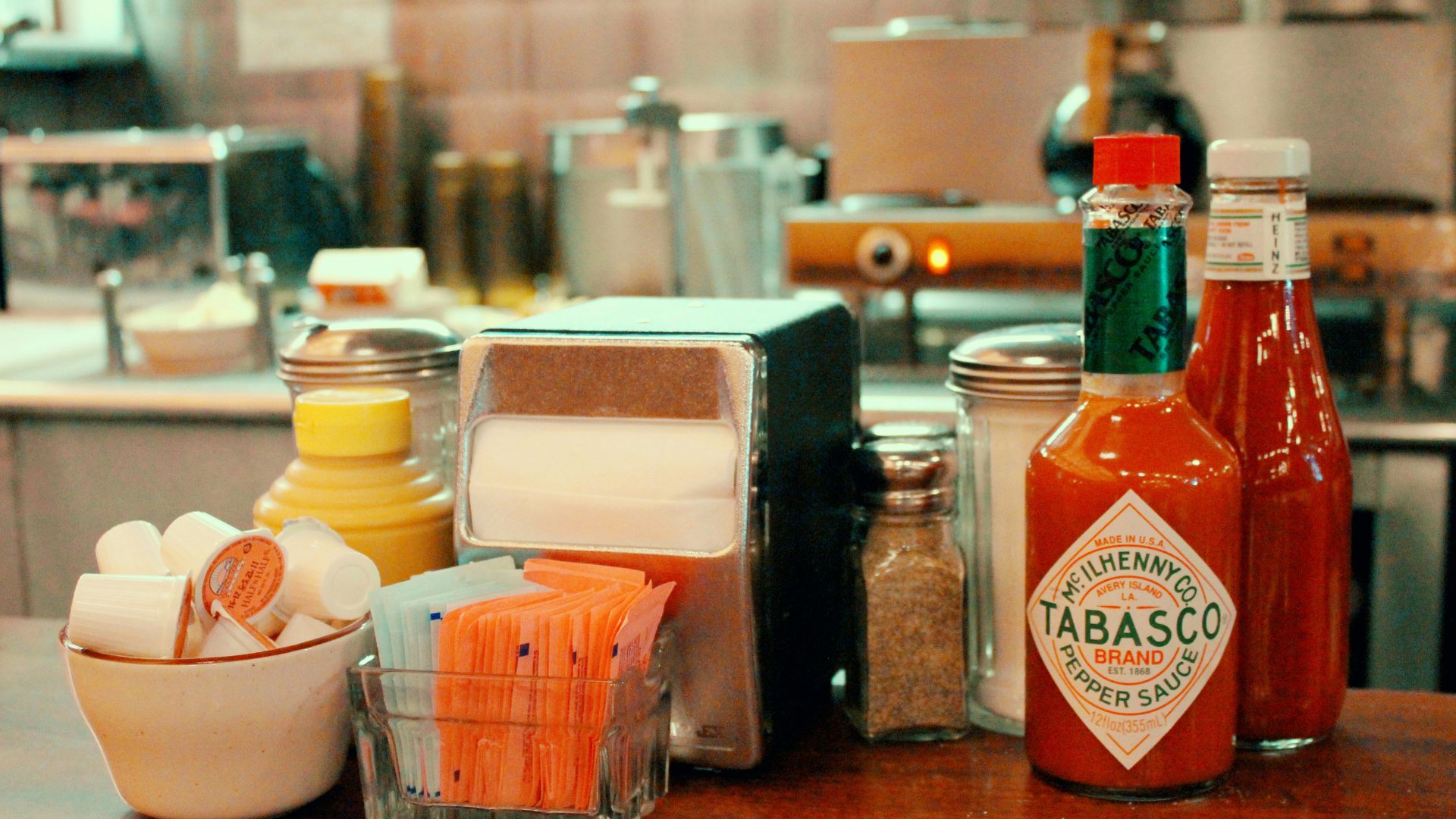
John Matthews, another California resident, is among those redirecting their dining budget toward independent venues.
He said, “I’m still eating out, though much more selectively,” as he now prefers smaller restaurants over chains, spending his $600 monthly dining budget more judiciously.
Independents Gain as Chains Lose Ground

As more Californians like Matthews opt for local dining experiences, independent restaurants are gaining an edge.
The trend away from chain restaurants toward venues offering both quality and value is reshaping the dining landscape in California, favoring smaller, local businesses.
What’s Next for California’s Fast Food?

The fast food industry in California faces a period of adjustment as it grapples with higher operational costs and shifting consumer preferences.
The long-term effects of these changes on the viability of fast food chains in the state are yet to be fully realized.
Californians Explore New Dining Horizons

The evolving dining habits in California might signify a lasting change in consumer preferences.
As people like LaVay and Amitin explore new dining options, they’re setting new standards for what they expect from their meals—prioritizing price, quality, and experience over mere convenience.
Comparison with Other States
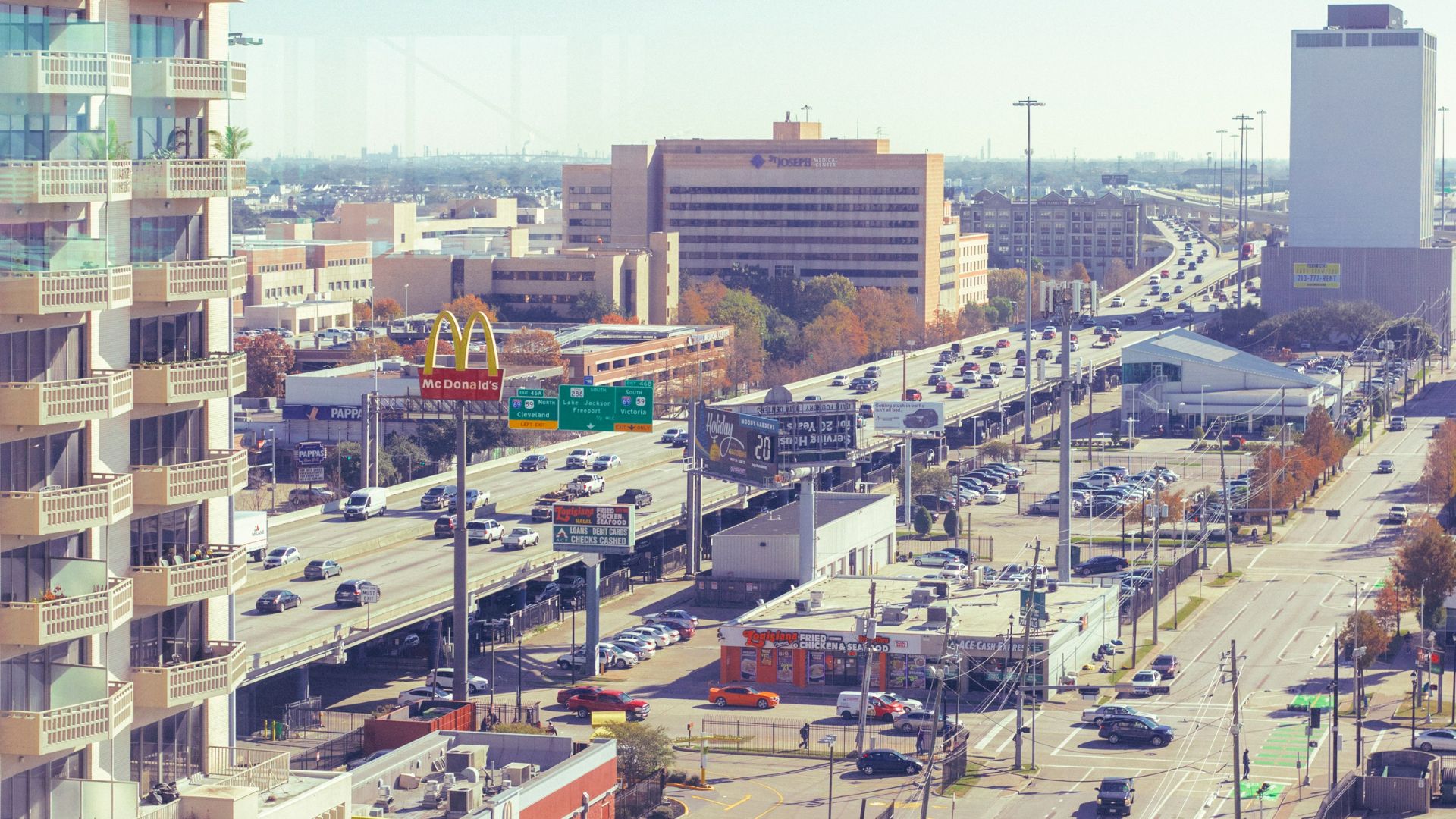
California’s wage and pricing policies for fast food contrast sharply with other states. In Texas, for instance, fast food workers earn significantly less, while menu prices remain lower.
This disparity affects consumer choices and business models across the nation. The differences in policies showcase California’s unique approach to addressing economic challenges faced by low-income workers.
Brocato’s Sandwich Shop Bankruptcy

Florida also has its own food-related struggles. Brocato’s Sandwich Shop, a family-owned establishment with a long history, has filed for bankruptcy. The shop, known for its hearty sandwiches, struggled with financial pressures and changing market dynamics.
The bankruptcy marks the potential end of an era for many loyal patrons who cherished its unique offerings.
Consumer Behavior Shifts
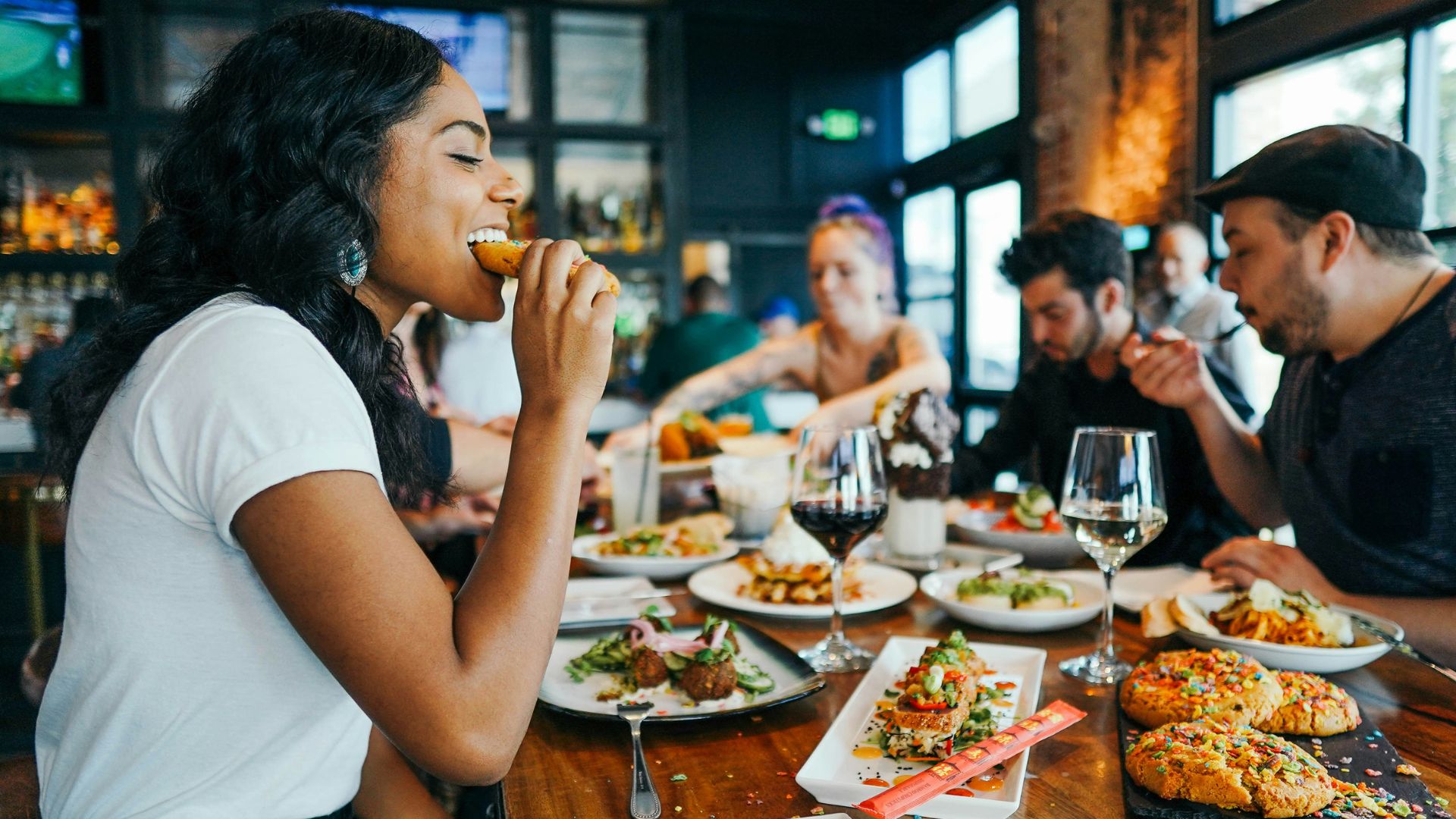
Beyond choosing sit-down restaurants, Californians are exploring a variety of dining alternatives.
Meal delivery services and food trucks are continuing their upward trends, providing convenient and often more affordable options.
Health and Nutritional Implications
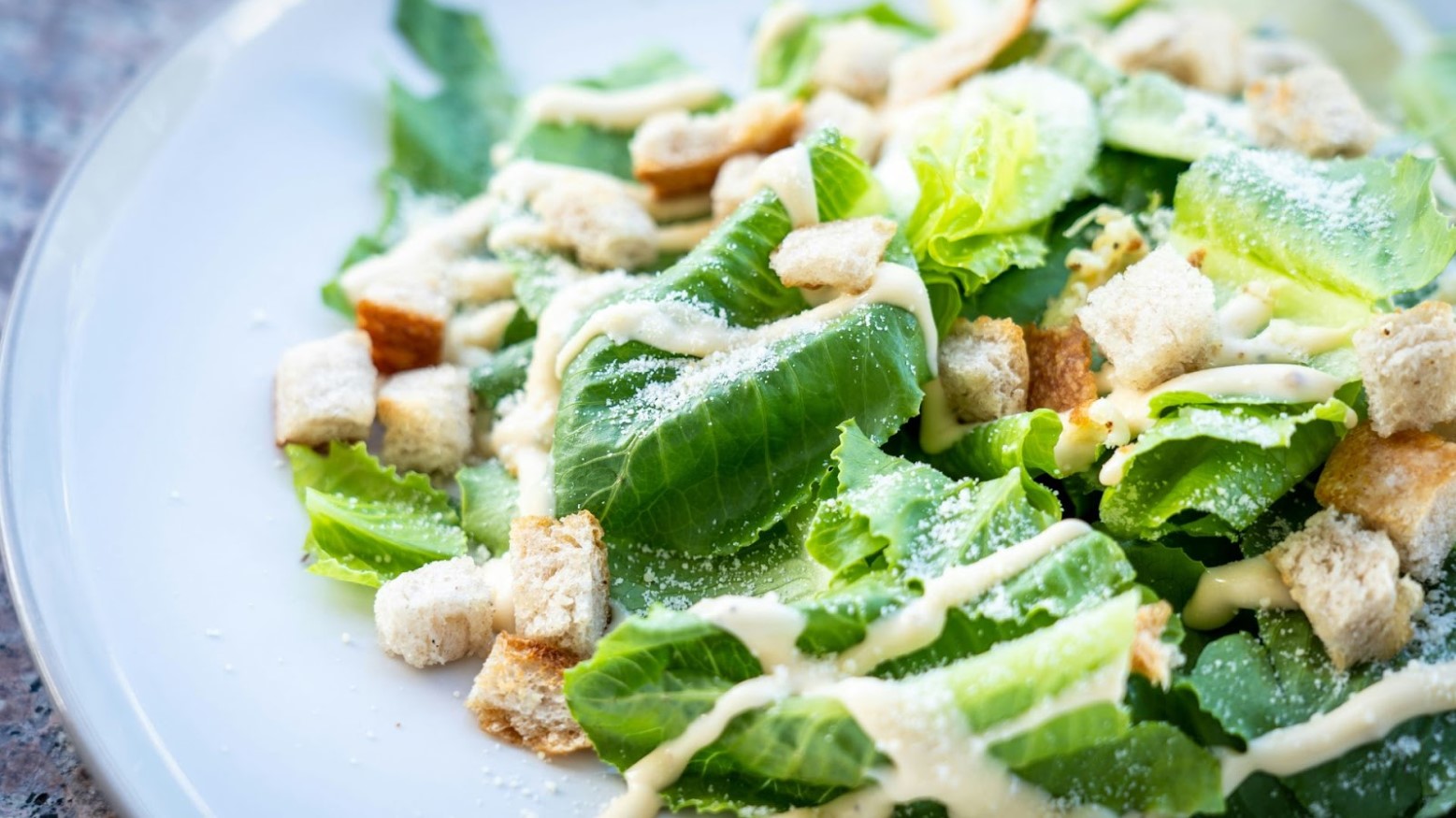
The shift from fast food to other dining options could have significant health benefits. Sit-down restaurants and local eateries often offer healthier choices compared to typical fast food menus.
Nutritionists suggest that this trend might lead to better dietary habits, as consumers prioritize fresh ingredients and balanced meals, potentially reducing the state’s overall health care costs related to diet-induced illnesses.
Sociocultural Effects
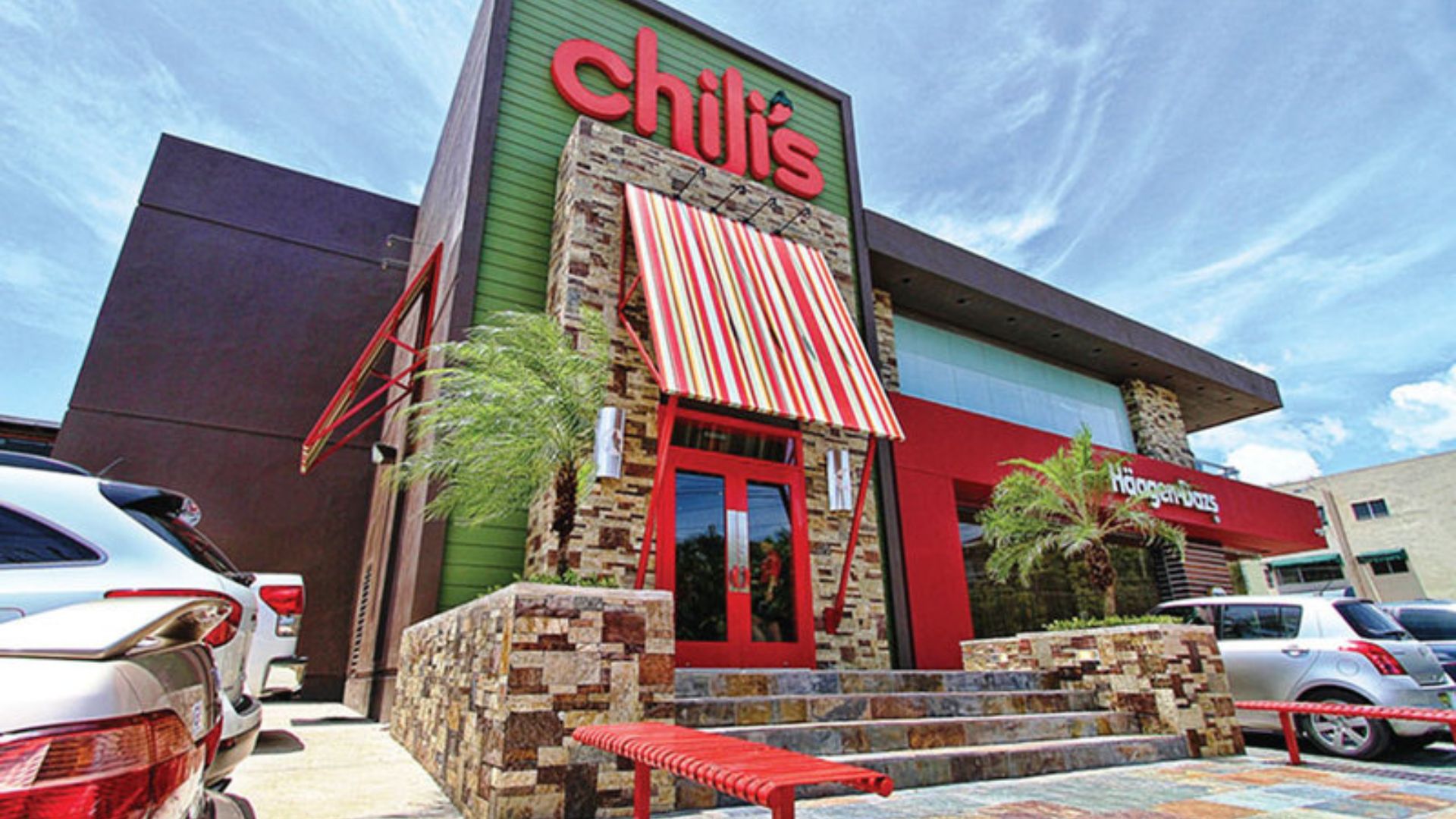
Changing dining habits are influencing social behaviors and community interactions in California. People are spending more time at sit-down restaurants and local eateries, fostering stronger community bonds.
This shift enhances social engagement and supports the local culture, moving away from the impersonal nature of fast food dining.
Applebee’s Closures
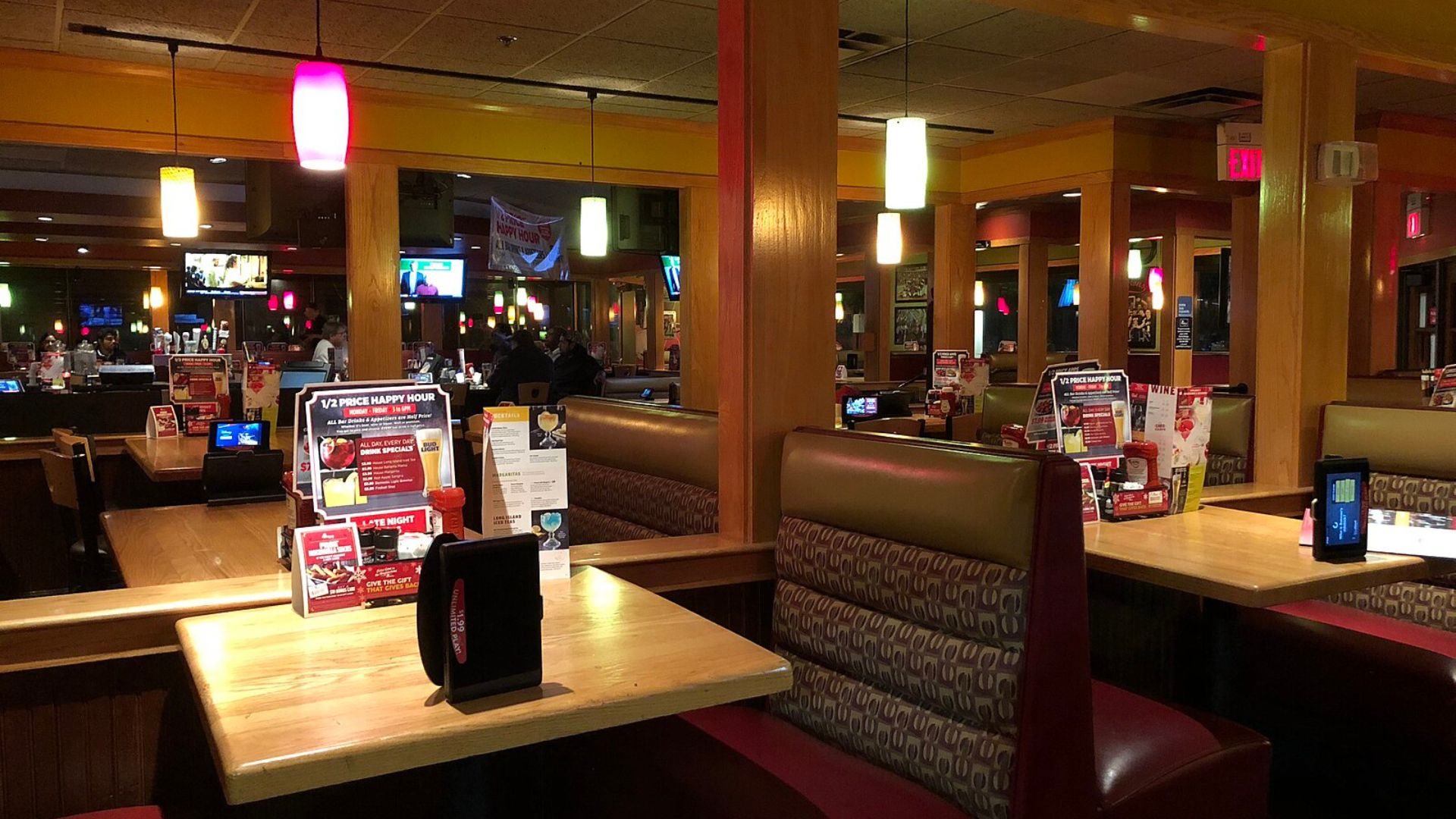
Applebee’s, a staple in American casual dining, has announced the closure of several locations across the country. This move is part of a broader strategy to streamline operations and cut costs amidst declining sales.
The closures have left many long-time patrons disappointed and have resulted in significant job losses. Applebee’s aims to focus on more profitable locations to sustain its business.
Red Lobster Bankruptcy
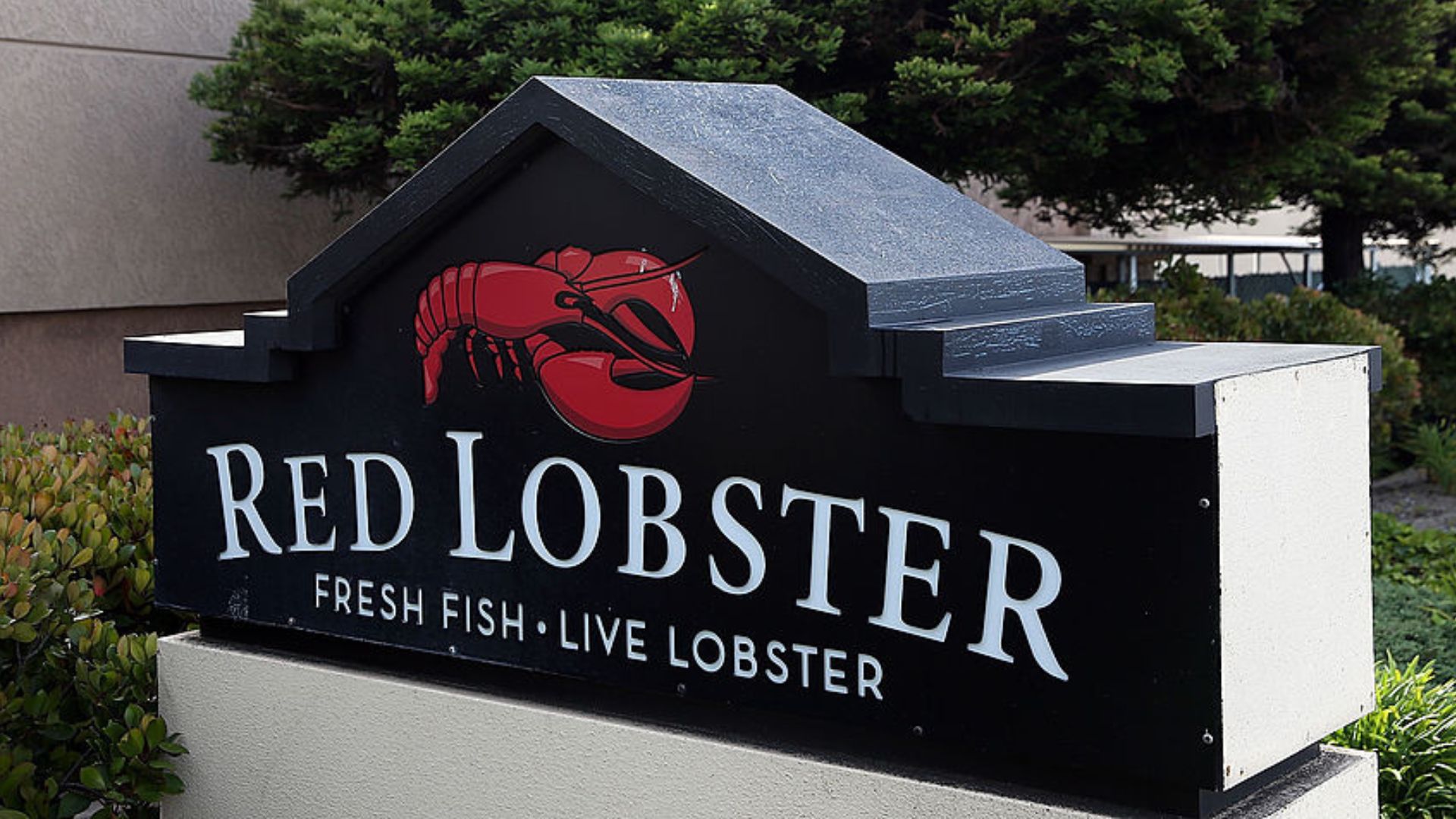
Red Lobster, known for its seafood offerings, has filed for bankruptcy amidst financial struggles exacerbated by the pandemic. The chain has been grappling with rising costs and changing consumer preferences.
Many locations are now facing potential closures, and employees are uncertain about their future. The bankruptcy underscores the challenges faced by traditional chain restaurants in a rapidly changing dining landscape.
Foster’s Freeze Closure
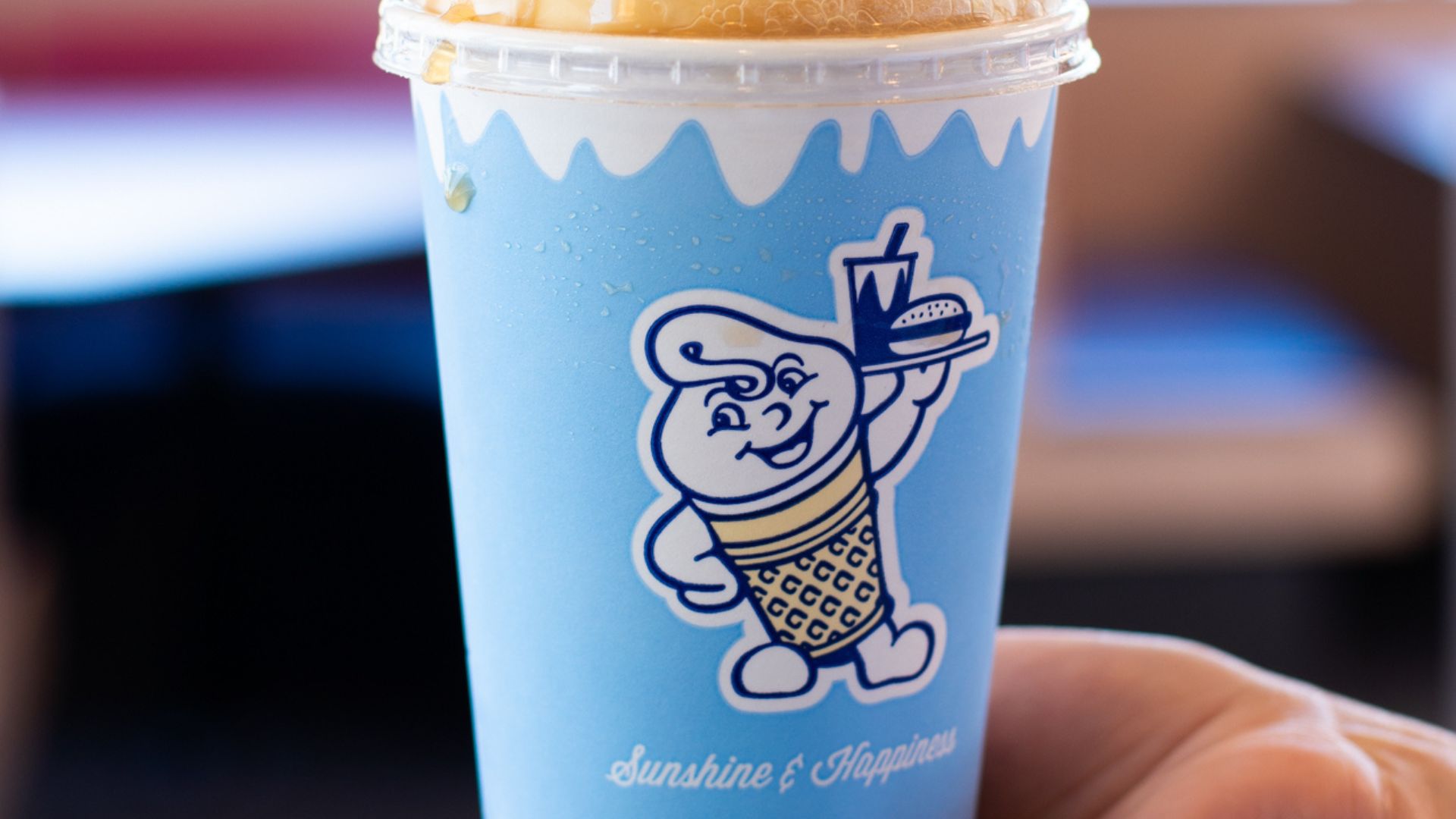
Foster’s Freeze, a beloved ice cream chain in California, has closed its doors after decades of serving the community. The closure is attributed to increased operational costs and competition from larger franchises.
This highlights the difficulties small, independent businesses face in maintaining profitability in a competitive market.
Role of Technology

Technology is playing a crucial role in the evolving dining landscape. Fast food chains are investing in innovations like self-service kiosks and mobile ordering to offset labor costs.
Independent restaurants are also leveraging technology, using social media and online platforms to attract customers. These advancements are reshaping how Californians choose where and how they eat, making dining experiences more efficient and personalized.
Burger King Self-Ordering Kiosks
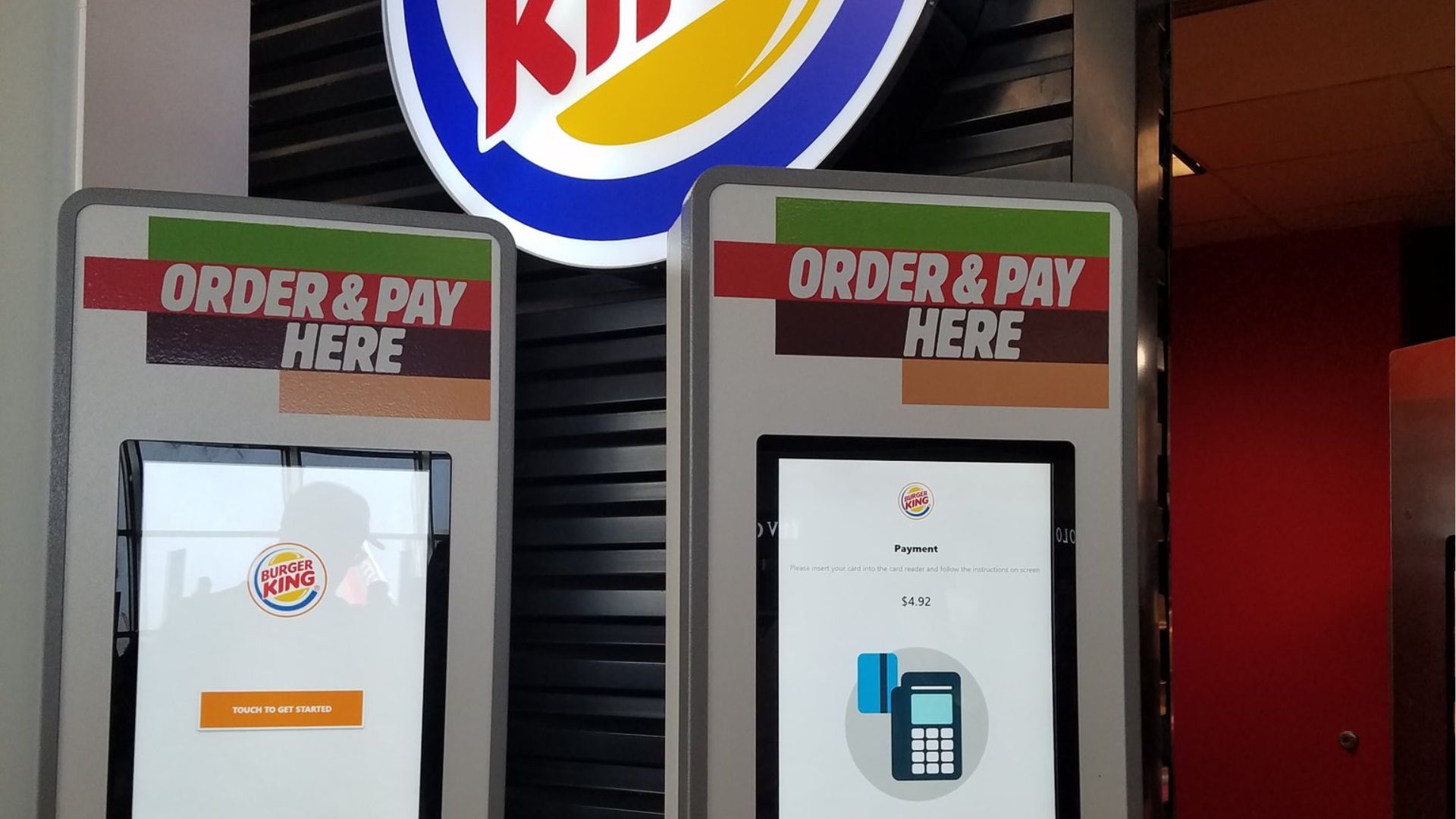
Burger King has introduced self-service kiosks in many of its locations, leading to a reduction in staff. While this move aims to increase efficiency and reduce labor costs, it has resulted in layoffs and dissatisfaction among employees.
Customers have mixed reactions to the kiosks, with some appreciating the convenience and others missing the human interaction.
Taco Bell Price Increases

Taco Bell has implemented price increases across its menu to offset rising operational costs. This change has sparked frustration among loyal customers who are accustomed to the chain’s affordable pricing.
Despite the higher costs, Taco Bell remains committed to maintaining quality and service.
Future of Fast Food Industry
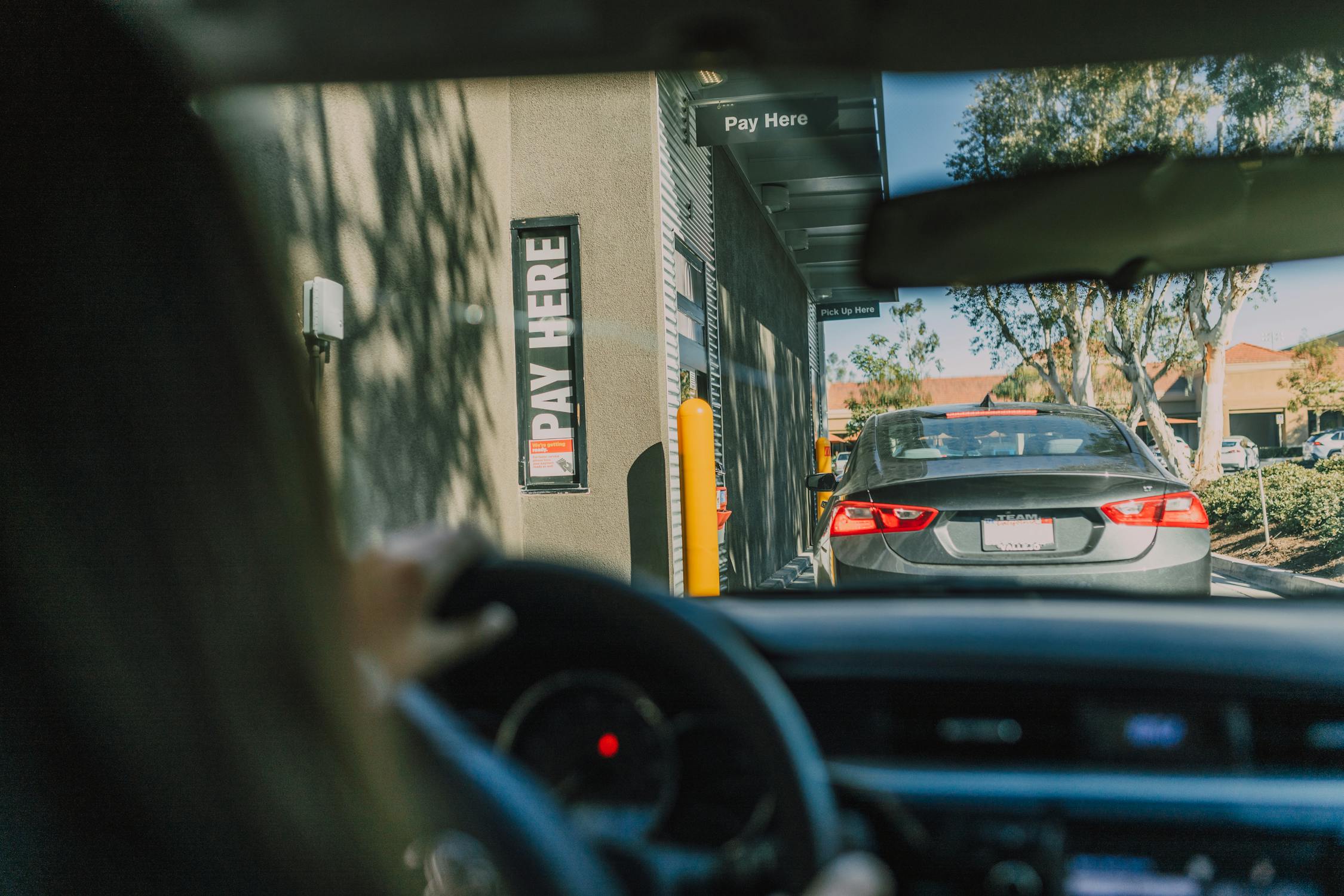
The future of California’s fast food industry is uncertain as it adapts to higher operational costs and changing consumer preferences. Innovations like automated kitchens and streamlined menus might help chains stay competitive.
The future of California’s fast food industry is uncertain as it adapts to higher operational costs and changing consumer preferences. Innovations like automated kitchens and streamlined menus might help chains stay competitive.
